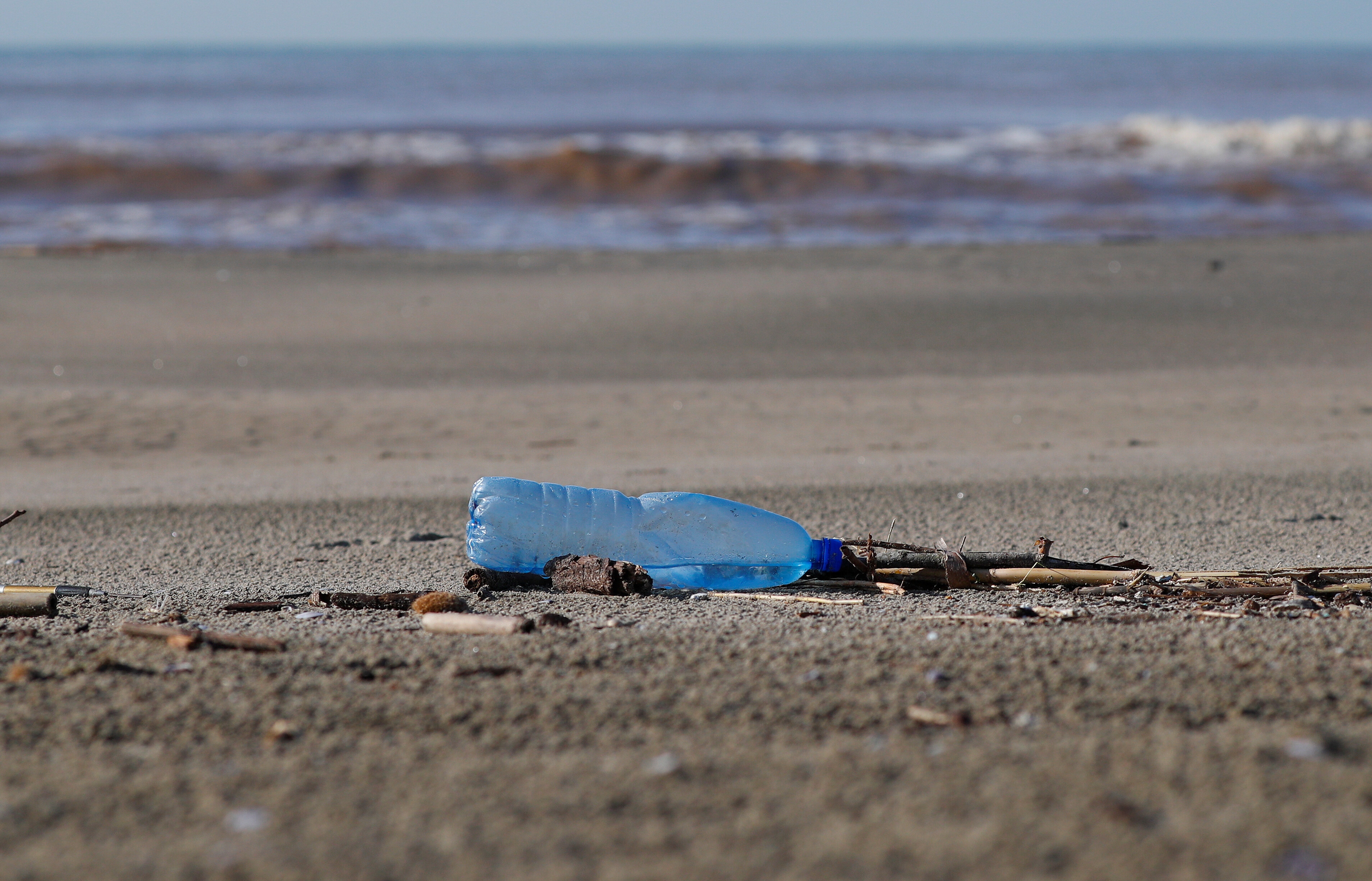‘No Mow May’ Movement Seeks to Provide Food for Hungry Bees

Wild plants and insects thrive when lawns are left unmown.
Image: Unsplash/Jenna Lee
Stay up to date:
SDG 15: Life on Land
- Leaving our lawns unmown encourages a greater number and diversity of bees, researchers say.
- 'No Mow May' calls for people not to cut their grass for the entire month of May.
- The movement supports bees coming out of hibernation to find nectar by letting wildflowers grow on people's lawns.
This is the first week in May, when many bees in the U.S. wake up from their winter hibernation and smell the flowers.
Now, you can support these essential pollinators in their search for nectar by participating in No Mow May and letting wildflowers grow on your lawn.
“[W]hen we leave our weeds, or things we would normally call weeds, to grow, those are like little cheeseburgers for our pollinators, and they’re able to get some cheap calories really, really fast and put on some weight that will give them a leg up for the season,” Lawrence University assistant biology professor Israel Del Toro told NPR.
No Mow May was first championed by Plantlife in the UK, where it is gaining traction. The group said that a growing percentage of the participants in its Every Flower Counts citizen science survey were choosing not to cut their grass for a month, as The Guardian reported. In 2019, 33.6 percent of flower counters didn’t mow their lawns; by 2021, that number had jumped to 78.8 percent. The 2021 survey counted more than 250 species of wild plants including rarely seen species like adder’s-tongue fern, meadow saxifrage, snakeshead fritillary and eyebright.
“These results demonstrate that our call to No Mow May has set seed and laid down deep roots,” Plantlife head Ian Dunn told The Guardian. “The results underline how embracing a little more wildness in our gardens can be a boon for plants, butterflies and bees. We are excited by the unfolding dawn of a new British lawn.”
A new lawn is dawning across the pond as well, and the light is growing from Appleton, Wisconsin. Inspired by the UK efforts, the town’s City Council voted in 2020 to suspend its weed ordinance for the month of May, according to Bee City USA. Researchers at Appleton’s Lawrence University, including Del Toro, found that participating lawns had five times more bees than parks that had been mowed and three times as many unique bee species.
After Appleton’s success, the initiative has continued to spread across Wisconsin, WISN 12 reported. More than 30 cities now participate, mostly in the Midwest, NPR reported.
“I think there’s an opportunity here to do what’s right for the environment. We’re only doing it for one month, and then by that point, the bees should have come out of hibernation, they should have been able to find their initial food sources,” Glendale, Wisconsin Mayor Bryan Kennedy told WISN.
Glendale is running a pilot program this year that will apply to private citizens, but not public spaces.
Lawns are actually the largest irrigated crop in the U.S., according to Bee City USA, taking up 2 percent of U.S. land, or around 40 million acres. They require lots of maintenance and tend to harm pollinators because they do not provide nesting sites and are often treated with pesticides.
What is the World Economic Forum doing about nature?
However, many U.S. cities dictate the height and sometimes the type of grass that homeowners are allowed to grow. Bee City USA offers some recommendations for what people who want to support pollinators without getting in trouble can do:
1. Mow a buffer area of mowed grass around the space where you allow wildflowers to grow.
2. Talk to local officials and health departments about ways to support natural lawns.
3. Recommend a Natural Lawn Registration program or similar that allows homeowners to register their alternative lawn with the health department and avoid fines.
4. Talk to neighbors about why you are leaving the lawn mower in the garage or put up a sign announcing your unmowed lawn is designed to protect pollinators and is not an act of neglect.
Accept our marketing cookies to access this content.
These cookies are currently disabled in your browser.
Don't miss any update on this topic
Create a free account and access your personalized content collection with our latest publications and analyses.
License and Republishing
World Economic Forum articles may be republished in accordance with the Creative Commons Attribution-NonCommercial-NoDerivatives 4.0 International Public License, and in accordance with our Terms of Use.
The views expressed in this article are those of the author alone and not the World Economic Forum.
Forum Stories newsletter
Bringing you weekly curated insights and analysis on the global issues that matter.
More on Nature and BiodiversitySee all
Hu Xiangdong and Felipe Carazo
August 1, 2025
Andrea Willige
July 30, 2025
Tom Crowfoot
July 30, 2025
Oliver Kade and Sarah Hadley
July 28, 2025
Nasim Pour, Sebastien Cross and Joel Gould
July 28, 2025





